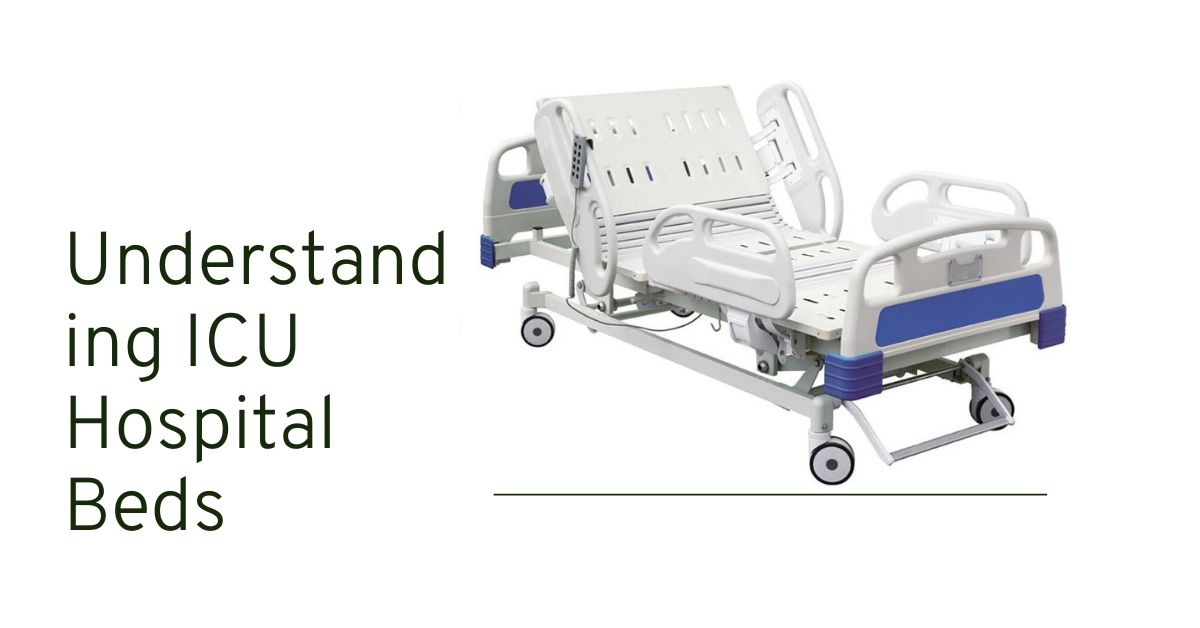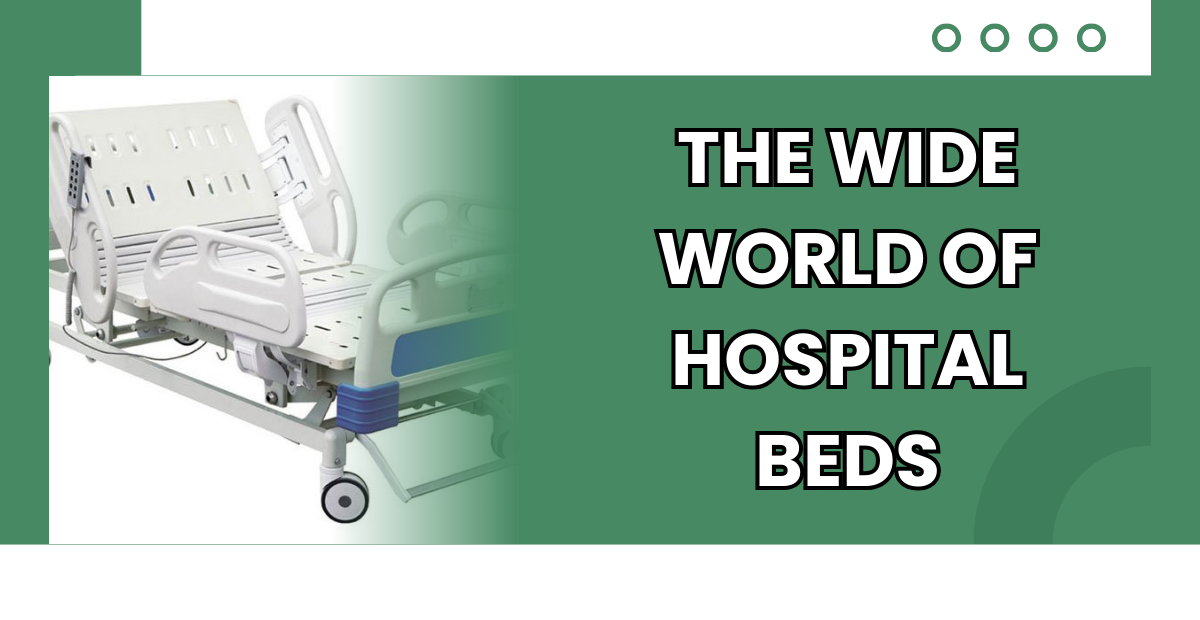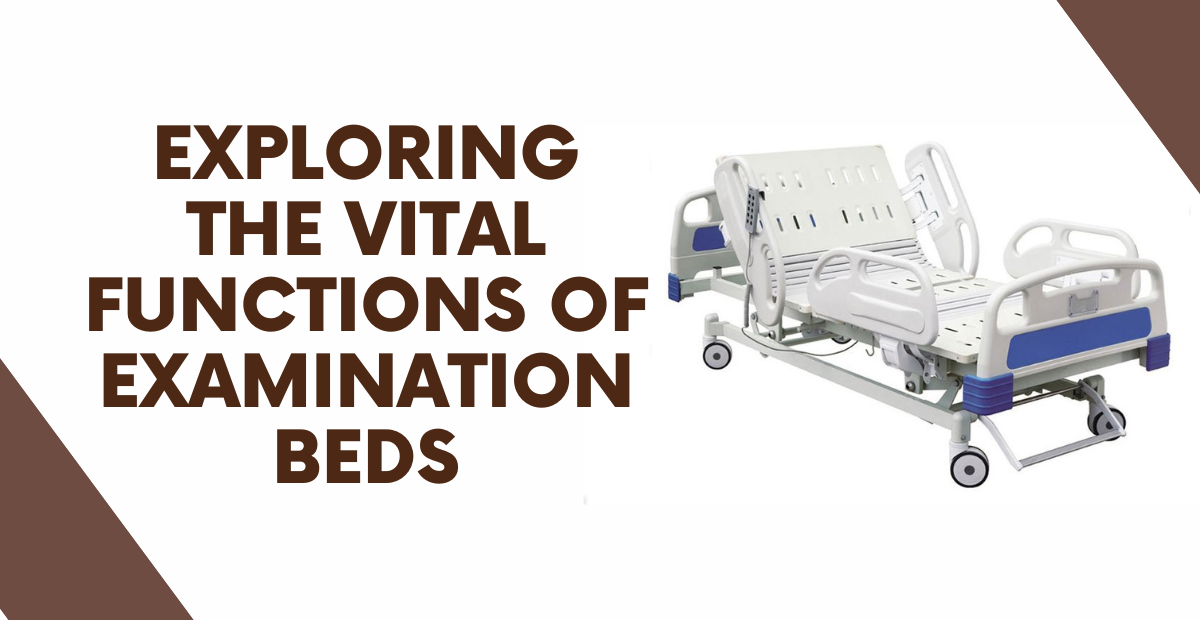In the intensive care unit (ICU), patients in urgent situations require expert care and assistance. Hospital beds are among the most crucial pieces of ICU equipment since they are necessary for the comfort, safety, and functionality of both patients and healthcare providers. In this blog, we’ll look at the primary features and applications of ICU hospital beds, emphasising their importance in critical care settings.
What are the key features of ICU beds?
ICU beds are designed with several features to meet the unique needs of critically ill patients. Some key features include:
- Adjustable Height: ICU beds can be raised or lowered to facilitate patient care and transfer.
- Backrest and Leg Elevation: Adjustable backrest and leg elevation features provide comfort and support for patients, allowing them to find optimal positions for recovery.
- Side Rails: Side rails help prevent patients from falling out of bed and provide support during position changes.
- Trendelenburg and Reverse Trendelenburg Positions: These positions tilt the bed to improve blood circulation and facilitate procedures such as intubation or drainage.
- Wheels: ICU beds are equipped with wheels for easy maneuverability within the unit and during patient transfer.
Can ICU beds accommodate life support equipment?
In fact, ICU beds are designed to accommodate a range of life support systems commonly found in critical care settings. These may include cardiac monitors, ventilators, infusion pumps, and dialysis equipment. ICU beds are equipped with many attachment points and electrical outlets to facilitate the seamless transition from life support equipment to patient care. These outlets are used to power and secure life support devices.
Do ICU beds have features for patient comfort?
Indeed, ICU beds are furnished with amenities to improve patients’ comfort throughout their stay, and patient comfort is given top attention in ICU care. These could include temperature control settings, pressure-relieving mattresses, bed positions that can be adjusted for maximum comfort, and integrated controls that let patients change the bed’s settings on their own.
How do healthcare professionals operate ICU beds?
In order to meet patients’ demands, healthcare workers are educated to operate intensive care units (ICUs) safely and effectively. They use bed controls to modify the height, position, and other aspects of the bed in accordance with the needs of the patient and medical protocols. Furthermore, nurses and other carers frequently evaluate the safety and comfort of their patients and change the bed’s settings as needed.
How are ICU beds different from regular hospital beds?
ICU beds are specifically designed for critical care settings and ICU beds offer advanced features and functionalities compared to regular hospital beds. Some key differences include:
- Advanced Monitoring: ICU beds may be equipped with integrated monitoring systems to track vital signs and other patient parameters continuously.
- Flexibility and Customization: ICU beds offer a higher degree of customization and adjustability to meet the diverse needs of critically ill patients.
- Compatibility with Life Support Equipment: ICU beds are designed to accommodate life support equipment commonly used in critical care, whereas regular hospital beds may not have the necessary attachments or electrical capabilities.
- Enhanced Safety Features: ICU beds often feature additional safety features such as side rails and brake systems to prevent falls and ensure patient safety during procedures.
ICU hospital beds are essential to giving critically sick patients the best possible care and assistance. ICU beds prioritise patient comfort and safety in critical care environments while enabling healthcare workers to provide high-quality treatment. They do this by offering enhanced features, functionality, and customisation choices.






